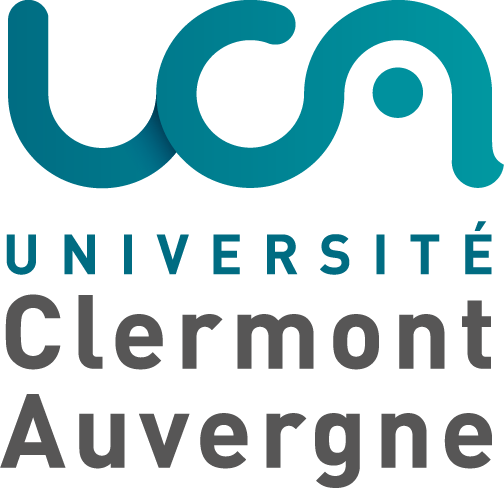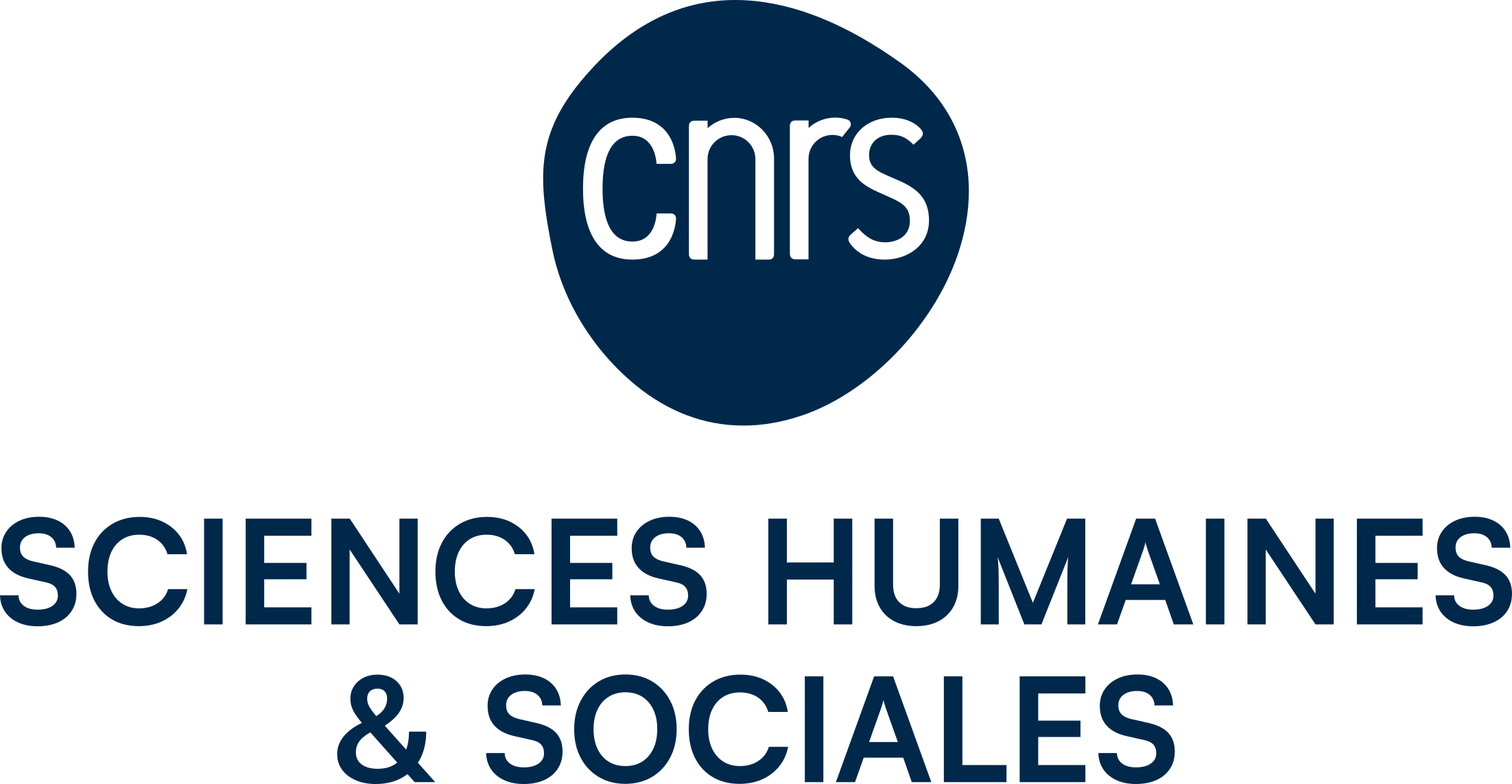The LAPSCO in the Journal of Computer-Assisted Learning
samedi 2 octobre 2021, par

October 2021. The LAPSCO ‘e.P3C’ study beyond the issue of distant learning. This study offers direct evidence that equally accessible computer-assisted instruction (CAI) can lead the lower socio-economic status (disadvantaged) students to perform as well as their highly privileged counterparts receiving conventional teacher-led instruction. This indicates how digital education may help compensate the difficulties of students with a disadvantaged background.
This study offers direct evidence that equally accessible computer-assisted instruction (CAI) can improve learning both in the higher and lower socio-economic status students. More importantly, disadvantaged students who received CAI performed as well as their highly privileged counterparts receiving conventional teacher-led instruction. This indicates how digital education may help compensate the difficulties of students with a disadvantaged background.
Chevalère, J., Cazenave, L., Berthon, M., Martinez, R., Mazenod, V., Borion, M.C., Pailler, D., Rocher, N., Cadet, R., Lenne, C., Maïonchi-Pino, N., & Huguet, P. (in press). Compensating the socioeconomic achievement gap with computer-assisted instruction. Journal of Computer-Assisted Learning.

depuis votre smartphone



